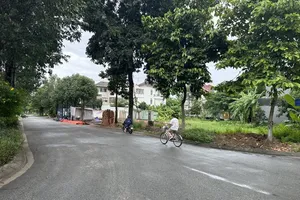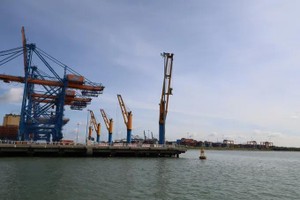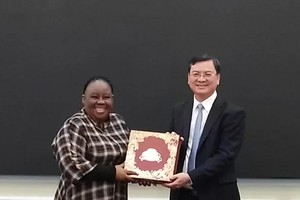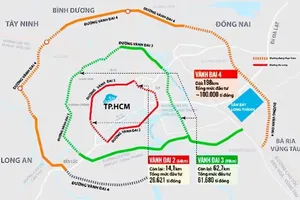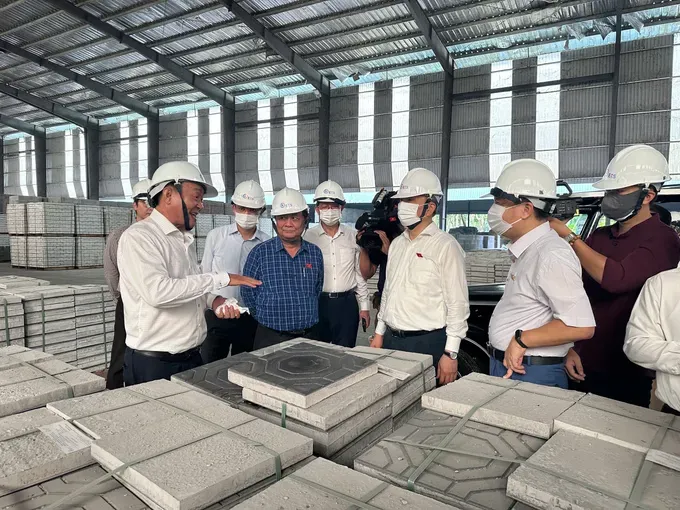
Before 2023, all waste collected in 36 communes and wards in HCMC’s northern region – territory that was formerly part of Binh Duong Province – was simply buried in landfills along the Dong Nai River. However, rapid industrialization and the resulting population boom forced local leaders to seek a more sustainable, modern solution.
The entity that stepped up to this challenge was Binh Duong Water – Environment Corporation JSC (BIWASE), which now operates a state-of-the-art waste treatment plant within the expansive Binh Duong Waste Treatment Complex in HCMC’s Chanh Phu Hoa Ward.
Of course, BIWASE’s success didn’t happen in a vacuum. It was built on the long-term vision and unwavering support of the former Binh Duong provincial government. Biwase’s Chairman Nguyen Van Thien of the Directors Board explained this foresight: “Twenty years ago, the local government had the vision to plan and invest in this 100-hectare waste treatment complex. The result is a modern facility with multiple, integrated processing lines capable of handling everything from municipal solid waste to hazardous and medical waste. With this planning and technology, we can guarantee waste treatment capacity for the region for the next two decades.”
The real game-changer came on August 1, 2023. After a successful pilot phase, the facility’s waste-to-energy incinerator went fully operational, and landfilling was halted completely. Today, the complex is a hive of activity, processing an average of over 6,560 tonnes of waste daily. This includes 3,500 tonnes of municipal waste, 1,200 tonnes of industrial waste, 1,700 tonnes of hazardous materials, and 160 tonnes of construction debris.
Director Ngo Chi Thang of this complex outlined the sophisticated process. “When waste collection trucks arrive from 36 wards, municipal waste is dumped into one of four receiving pits”, he began. “It first undergoes sorting to separate organic materials, which become raw material for agricultural fertilizer. The rest is further sorted to pull out scrap metal and construction debris before heading to the incinerator. The heat generated from burning the remaining waste powers turbines that produce electricity.”
Just 18 months ago, BIWASE launched its 5MW waste-to-energy power plant, boosting its total sorting and processing capacity to an impressive 2,520 tons per day. The entire complex is a marvel of engineering, featuring four hi-tech sorting lines, a 100,000 m³ composting area, and two advanced leachate treatment plants, each capable of purifying 1,000 m³ of contaminated water daily.
In addition to generating power, the facility churns out a surprising variety of products. It produces 100,000 fired bricks and 100,000 unfired bricks daily, alongside 2,000 m² of interlocking pavers. Another standout product is the “Con Voi Binh Duong” (Binh Duong Elephant) brand fertilizer, ensuring compliance with quality management system 9001:2015, environmental management system ISO 14001:2015, and other regulations.
In essence, nothing is wasted. Organic matter becomes compost, plastics are recycled, metals are sold for scrap, construction materials are used for ground leveling, and incinerator ash is mixed into concrete and paving stones.
“The bottom line is, for products like our fertilizer and recycled bricks, we have to subsidize the losses with revenue from our waste treatment services”, Chairman Nguyen Van Thien admitted frankly. “But this is an issue directly tied to protecting our environment, so we have to make the finances work. The great news is we have the full support of the government and our shareholders. That’s why international partners have been willing to finance our projects, often without needing a government guarantee.”
Despite this operational success, there’s a critical missing piece, namely the effective sorting of waste at the source (SWAS). “This is the absolute key to success”, the Chairman stressed. For years, the official approach was merely to encourage voluntary sorting, which yielded insignificant results. “To get to where we are today, we studied the experiences of developed countries in Europe, Japan, and the Republic of Korea”, he said. “The one lesson that stood out was that no technology can be truly optimal without effective sorting at the source.”
Recognizing this, the governments of the 36 northern wards and communes are now spearheading a major push to implement SWAS, as mandated by the Law on Environmental Protection. In Binh Duong Ward, Chairman Vo Chi Thanh recently organized a technical training session for 100 key officials on how to properly separate recyclables, food waste, and other materials.
This group will now become community advocates, mobilizing residents to adopt the new habits. “We are consolidating our collection systems, training our staff, and promoting the role of neighborhood groups to make this a success”, he stated.
BIWASE is ready to support the authorities’ effort. Director Ngo Chi Thang affirmed the company will coordinate with local organizations, provide transportation, and supply specialized bins for sorted waste.
Support for residents to buy waste bins considered
The initiative of SWAS has garnered high-level attention. Recently, after a National Assembly delegation led by its Deputy Chairman Le Minh Hoan toured the facility, a key recommendation emerged. Head Nguyen Van Loi of the HCMC Delegation of National Assembly Deputies urged the city’s government to take a more decisive role in guiding residents on SWAS. He proposed that the government could subsidize the cost of sorting bins for households and pilot the program in the very wards where this waste treatment model has already proven so successful.

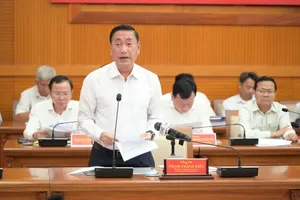


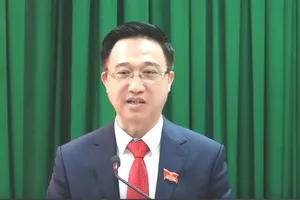
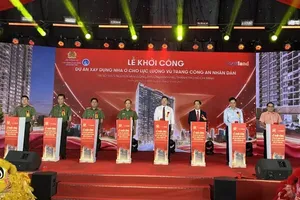

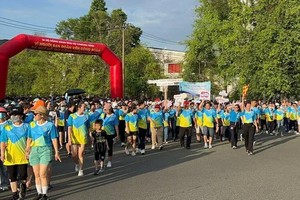
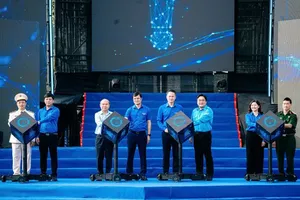
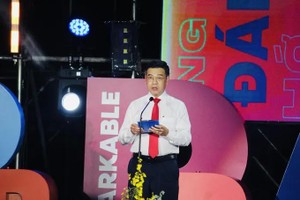
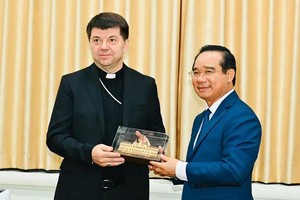

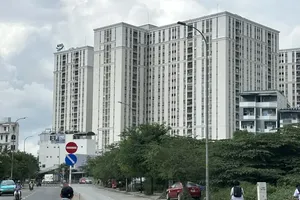
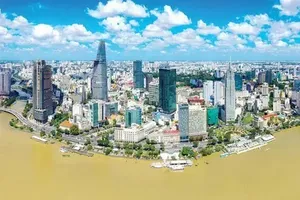
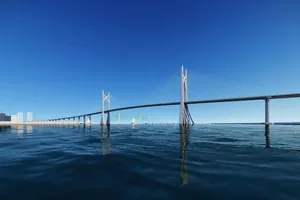
)
